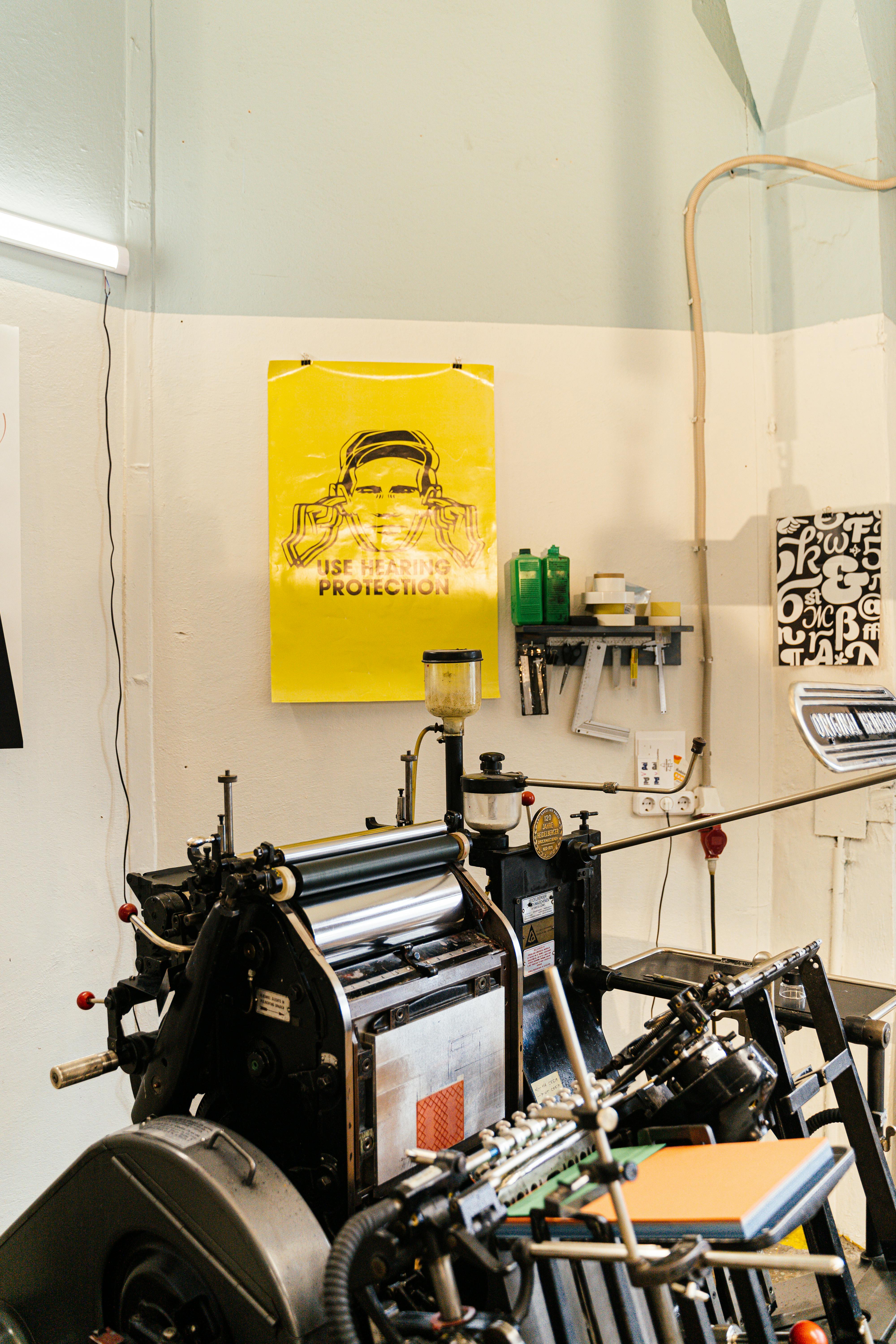Selecting the right coatings for furniture manufacturing can significantly impact the durability, aesthetic appeal, and marketability of your products. In a competitive landscape, understanding the various coating technologies available is crucial for production managers, product designers, and procurement heads. This article explores the top five considerations to keep in mind when selecting coatings for furniture manufacturing.
The coatings used in furniture manufacturing serve not only as a protective layer but also enhance the visual appeal of the product. With options ranging from solid color coatings to advanced polyethylene (PE) coatings, each technology offers unique benefits that cater to different requirements. Understanding these options empowers professionals to make informed decisions that can elevate product quality and customer satisfaction.
"Investing in high-quality surface finishes can increase the lifespan of furniture products by up to 40%, providing significant ROI for manufacturers." – Industry Expert
Moreover, the right coating can also contribute to sustainable practices by reducing the need for frequent replacements and repairs. It’s essential for manufacturers to leverage innovative coating technologies to ensure their products not only meet industry standards but also appeal to eco-conscious consumers.
1. Understanding Coating Types: Solid Color vs. PE Coating
Solid color coatings provide a uniform and vibrant finish that enhances the aesthetic appeal of furniture items. They are particularly useful for luxury packaging and high-end furniture surfaces. On the other hand, PE coatings offer excellent moisture, grease, and dirt resistance, making them ideal for applications requiring durability, such as food-grade packaging and industrial wrapping.
- Solid Color Coating: Creates a vibrant, consistent finish with a wide range of custom colors.
- PE Coating: Enhances durability and resistance to environmental factors.
- Cost-Effectiveness: Solid color coatings can be produced in bulk, reducing overhead costs.
- Application Versatility: Both coatings can be adapted for various substrates, including paper and laminate.
- Environmental Impact: Leveraging durable coatings minimizes waste and promotes sustainability.
Choosing the right coating type is essential for meeting both functional and aesthetic goals. For example, a client in the packaging industry saw a 30% reduction in product returns after switching to PE coating for their disposable containers due to improved durability and moisture resistance.
2. Surface Preparation: The Key to Adhesion
Proper surface preparation is a critical step in achieving optimal adhesion for any coating. This involves cleaning, sanding, and priming the substrate to ensure that the coating adheres effectively. Failure to prepare the surface adequately can lead to peeling or bubbling, which compromises the quality of the finish.
For instance, a case study involving a high-end furniture manufacturer revealed that implementing a rigorous surface preparation process increased coating adhesion by 50%, resulting in fewer warranty claims and enhanced customer satisfaction.
3. Durability and Resistance: Assessing Performance
When selecting coatings, durability and resistance to wear, heat, and chemicals are paramount. High-Pressure Laminate (HPL) coatings, for example, offer exceptional scratch and stain resistance, making them ideal for high-traffic environments. Manufacturers should assess the specific needs of their products to select coatings that will endure their intended use.
4. Aesthetic Considerations: Color Consistency and Finish
Aesthetic appeal is a significant factor in furniture sales. Coatings must not only perform well but also provide a consistent color and finish that aligns with market trends. Advanced technologies allow for precise color matching and a variety of texture options, enabling manufacturers to create unique finishes that stand out in a crowded marketplace.
5. Compliance and Environmental Standards
Lastly, it is crucial to consider compliance with local and international environmental standards. Many manufacturers are now prioritizing eco-friendly coatings that minimize harmful emissions and promote sustainability. Choosing coatings that meet these standards not only enhances brand reputation but also opens up new market opportunities.
In conclusion, selecting the right coatings for furniture manufacturing involves a careful consideration of various factors, including coating types, surface preparation, durability, aesthetic appeal, and compliance with environmental standards. By leveraging high-quality industrial coating services from Prime Colors, you can ensure your products meet the highest standards of quality and performance.
To explore our comprehensive range of coating solutions, request a technical consultation or download our spec sheet today!
